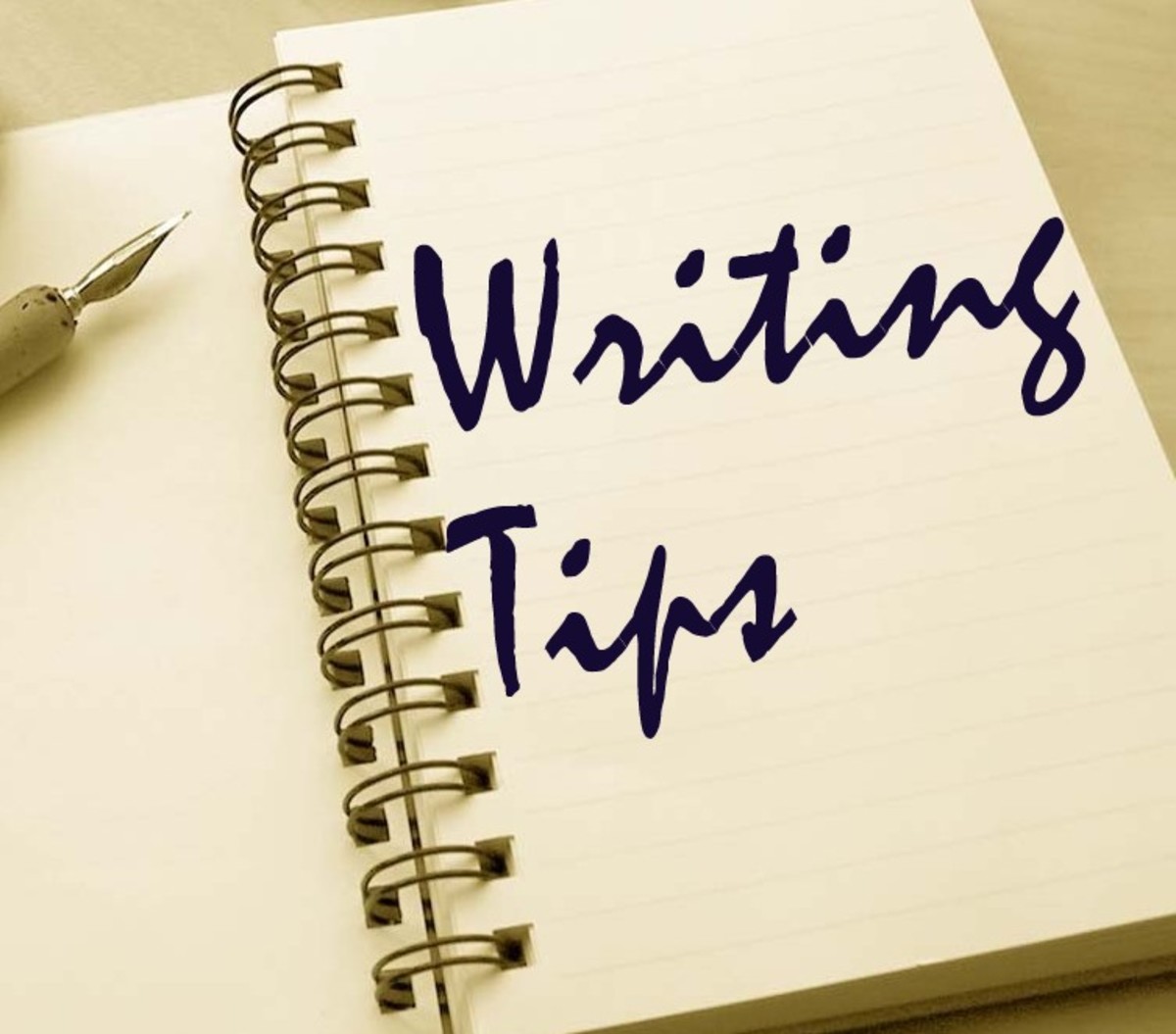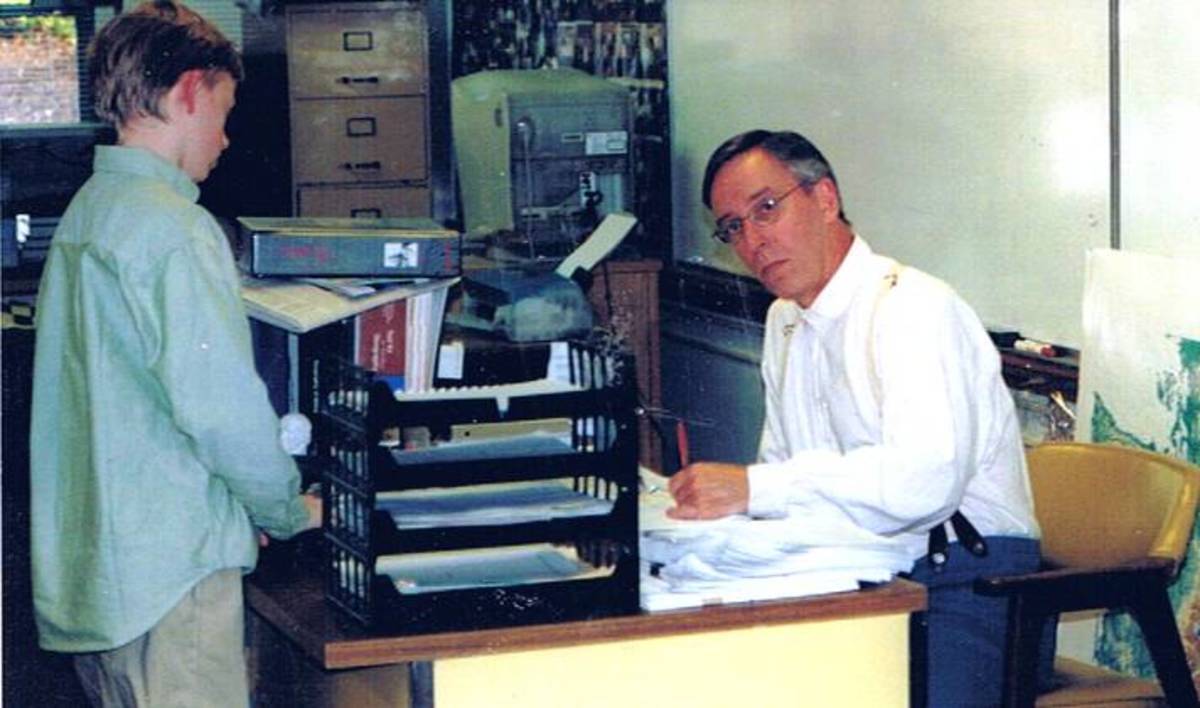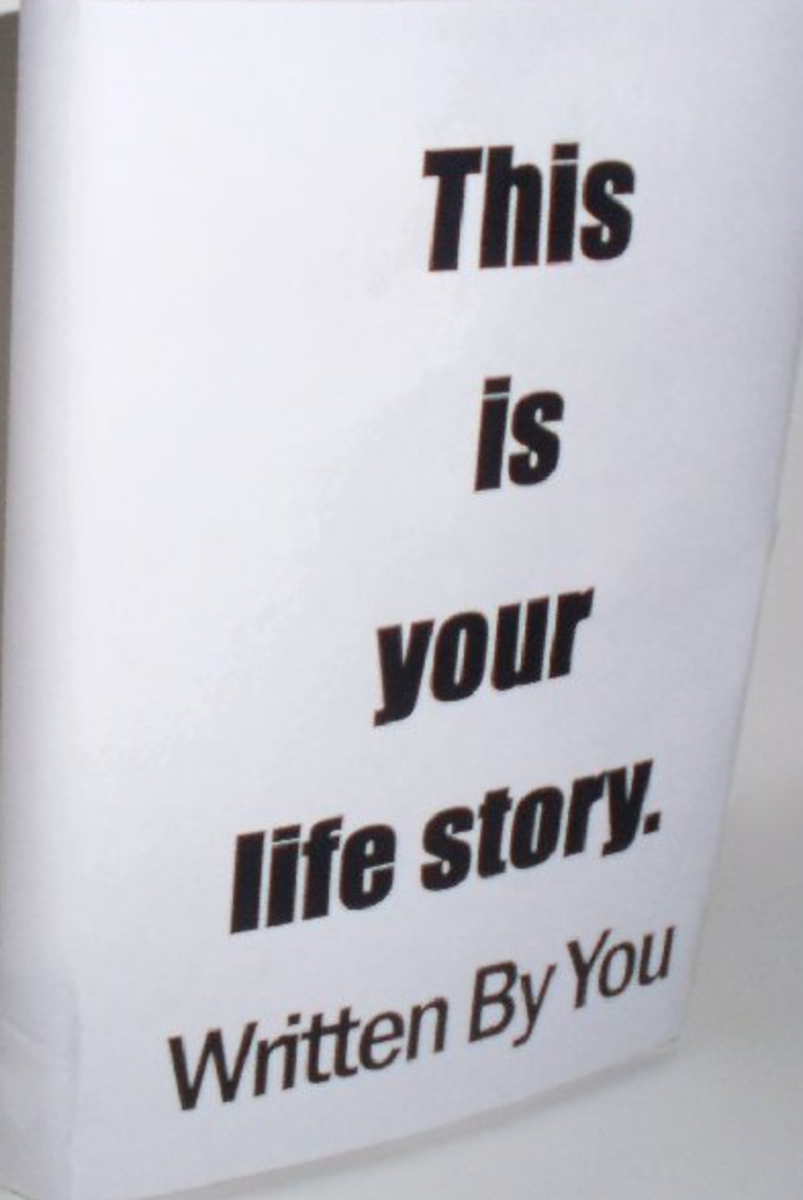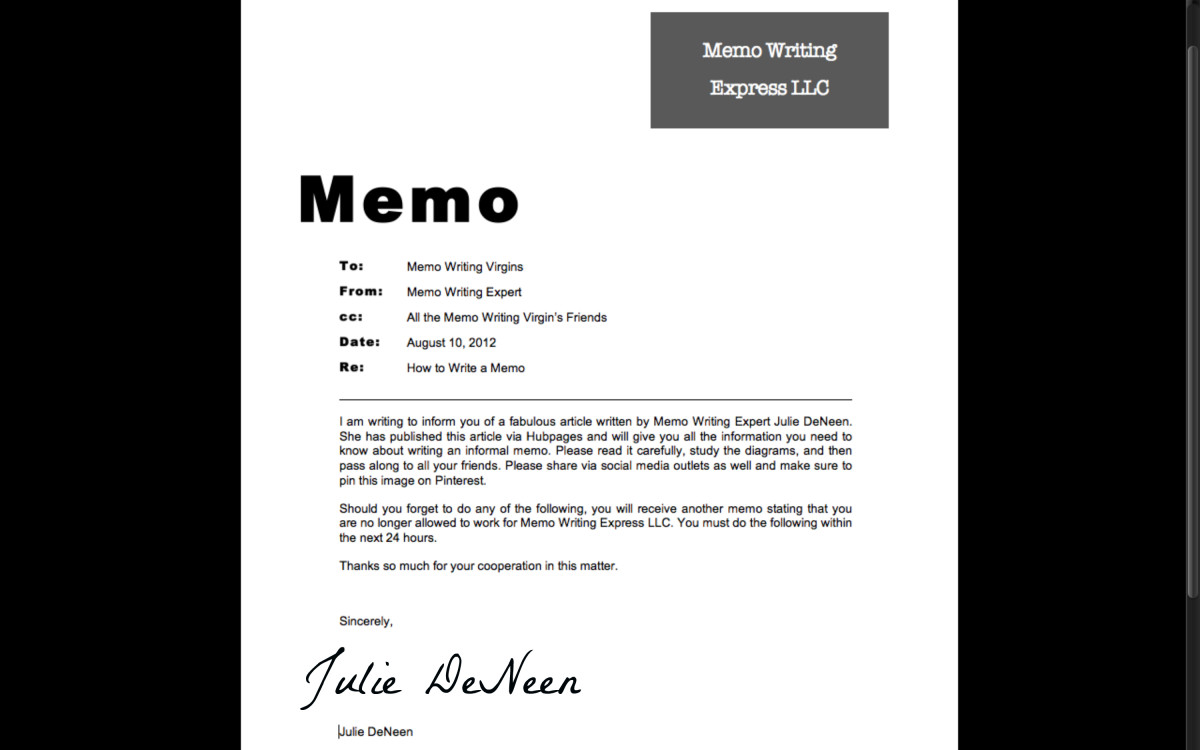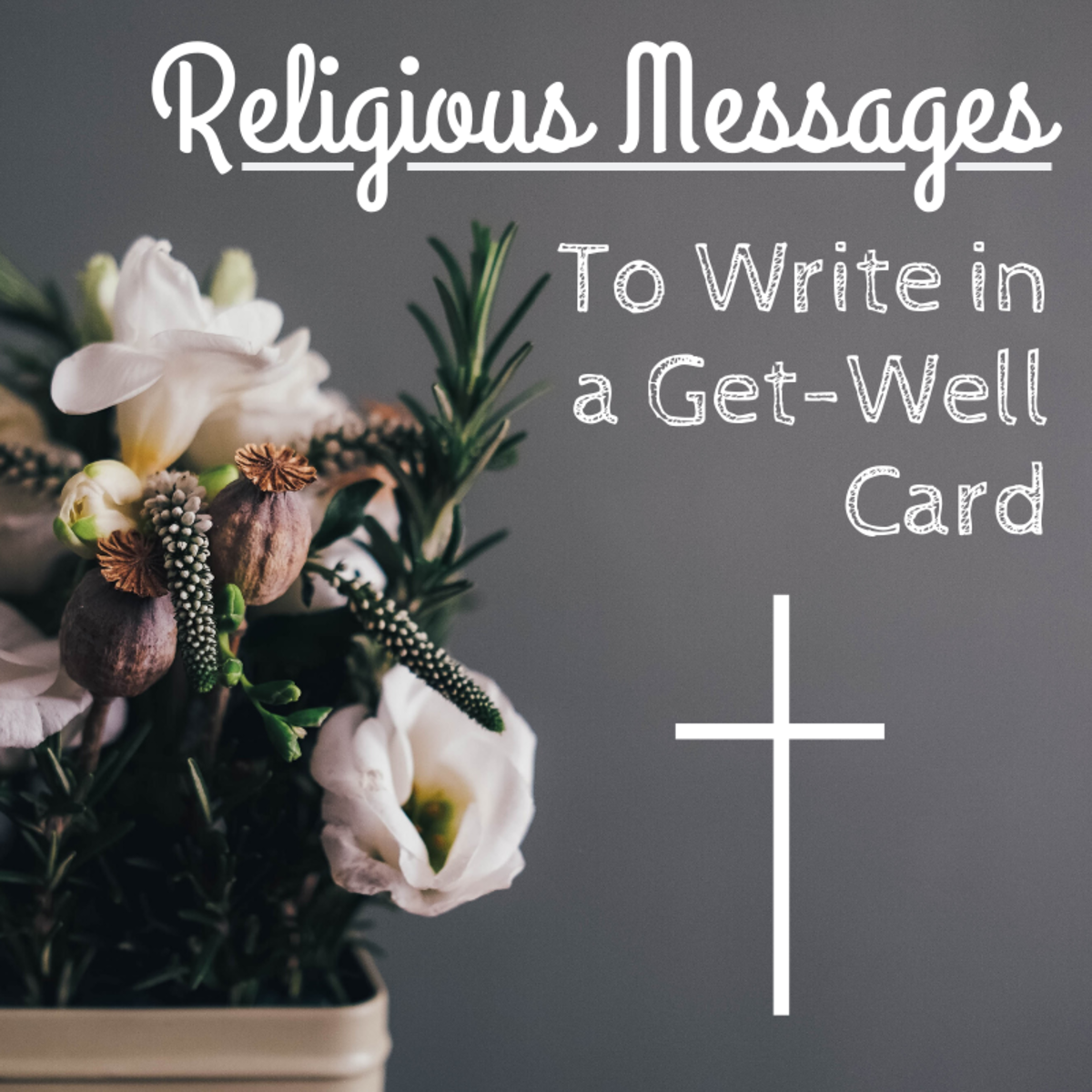Tips To Better Writing



Over the years I’ve written many articles and read even more. Some were good, written by people who knew what they were doing…others obviously written by beginners. Writing a good story is a skill most often gained through training and practice. Many have the potential to become successful writers but never hone their natural talents.
One can’t simply start putting words down. There is a correct way and a wrong way, depending on what type of story you are writing. Is it hard news, an editorial, sports story, feature article? Each has a certain basic format to follow, if you want others to read it all the way through.
There isn’t enough room in this article to include an extensive study in journalism and how to write each type of story. However, there are basic elements shared by all no matter what type of story you are writing.
In a nutshell, you will find these tips to be a good basic foundation to start with. First, you need to have a good working knowledge of the English Language. I have read stories written by journalists whose first language was not English. Many were rife with errors in spelling, punctuation, word usage etc.
They could write excellently in their own language, but their command of English left a lot to be desired. Although they made a valiant effort, I usually quit reading about the middle of the second paragraph. All their efforts wasted because they didn’t have a good working knowledge of English..



But, even writers who have a good working knowledge of English make the same mistakes. Perhaps because their knowledge of journalism is inadequate, have poor spelling skills, fail to proof read or whatever. The most common mistakes are misspelled words, punctuation and format. These are very important points. Nothing is more frustrating to a reader than misspelled words and incorrectly constructed sentences. This immediately clues your audience in to whether they’re dealing with a professional or novice.
And, just who is your audience? The American public, who statistics show reads on an 8th grade level. One problem with some writers is they try to impress their readers with a lot of fancy big words. They’re tossing out $5.50 cent words…and they’re not getting any change. Write according to your audience’s intelligence level. If you’re writing for Quantum Physics Monthly your readers might be able to keep up with you, but if not keep it simple. Your readers are not all old timers either. Consider the 5th or 6th grader who might come across your story.
So, now you are ready to start. Your first paragraph should include the five W’s… who, what, where, when, why and sometimes how. The second paragraph should expand on the first including details of secondary importance. Your third paragraph will comprise the “body.”

Most writers use a method called the “Inverted Pyramid.” Information is inserted into a story in order of importance. The inverted pyramid tool is utilized mainly in hard news, sports writing and feature articles. But it’s a good general rule of thumb to follow in any kind of story.
Now, take a look at your first paragraph. It is generally referred to as a “lead.” Is it interesting, novel or eye catching? The first two sentences will either hook your reader or send them searching for something else to read. It has to reach out, grab them by the collar and pull them in.
There are several types of leads. I’ll just give a few examples. One is a question lead, such as “Are you a good writer?” There’s nothing wrong with that. However, question leads are usually considered weak by professional writers. Quote leads would also fit into this category. But that’s not always the case. Many factors contribute to your decision on whether to use these types of leads. Who is your audience? Is your story aimed at a mature or younger demographic? Children usually respond well to a question lead.
Another example is the “bright” lead, usually accompanied with exclamation points and is original, imaginative, exciting or informative. There are a variety of different leads. Which one you use will be decided by your subject matter and targeted audience.
Another factor determining whether your readers will stay put is sentence length. Never exceed 37 words per sentence. Try breaking a longwinded sentence into several smaller ones.
There are other aspects to good journalism also. For example, use of transitions. This is nothing more than smoothly tying subject matter from one paragraph into the next as seamlessly as possible. Good, simple examples of this would be words like However, Furthermore, Although, Next, etc. Other transitions’ may include two or more words like, “In addition to,” “For example” and “Later on.”
Furthermore, there are other elements to good writing to be observed. One of the most key elements for success is “BREVITY.” Keeping your story brief and to the point is critical. This includes the story title. Try to keep it to no more than 5 to 6 words.
How can you shorten your story and keep it intact? Continually read your material while writing. You’ll find in most cases you can delete “the” and “that” and replace “and” with a comma. Find shorter ways to say the same thing in fewer words.
Something else readers hate is repetition of the same words over and over. A good thesaurus can aid you in finding different, better words to get your message across.
And for those who insist on writing in first person, the over use of “I” and “Me” is another irritating factor. First person accounts are not the preferred method professionals use for writing a story and in fact, many publishers won’t use them. Of course, there are exceptions such as in an eye witness situation.
The last piece of advice I’ll give is make sure your facts are correct. Most topics should be thoroughly researched before beginning. You may enjoy writing, but nonetheless it’s still hard work.



